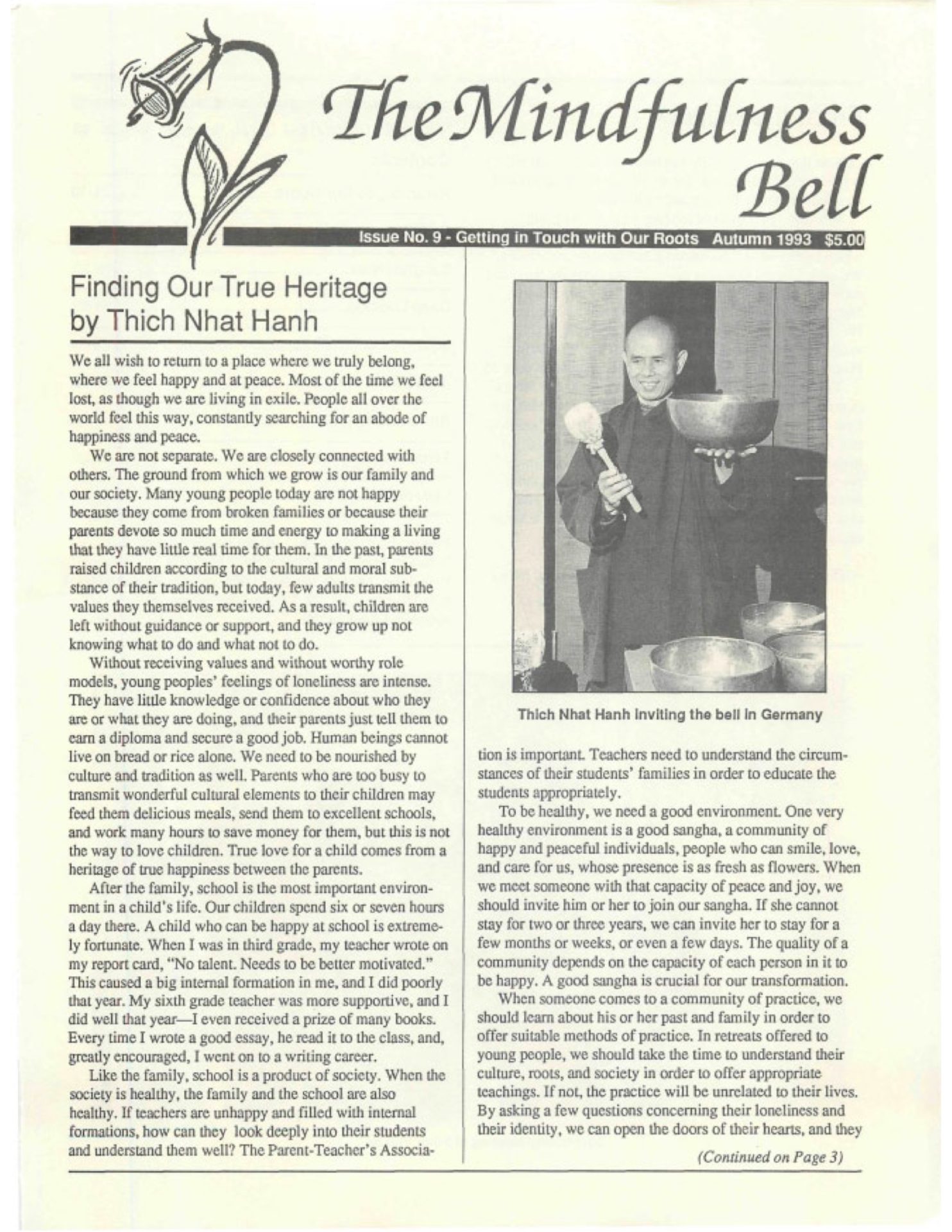By Nancy Hawley
My brother, sister, and I decided to meet with my aging parents to discuss this stage of our life as a family. As we sat together discussing health proxies, wills, and funeral arrangements, I was filled with a sense of interconnection with them, how deeply the roots go. I was also filled with a sense of impermanence.
As I walk around Fresh Pond today, tears flow as I survey the beautiful trees in the breeze and consider the trees I will plant when my parents die.
By Nancy Hawley
My brother, sister, and I decided to meet with my aging parents to discuss this stage of our life as a family. As we sat together discussing health proxies, wills, and funeral arrangements, I was filled with a sense of interconnection with them, how deeply the roots go. I was also filled with a sense of impermanence.
As I walk around Fresh Pond today, tears flow as I survey the beautiful trees in the breeze and consider the trees I will plant when my parents die. I breathe and sing a prayer to soothe myself as I face not only my parents' mortality, but my own.
Four years ago I began a journey that today allows me to breathe, sing a Jewish prayer, and contemplate impermanence. In the Spring of 1989,1 met two teachers—a teacher of Jewish mysticism and Thay. I was able to open the spiritual door wider with the support of Thay, Sister Chan Khong, and the retreat community at Omega, and I left feeling inspired to learn more about my Jewish roots and discover ways to practice Buddhism that didn't offend my feminist sensibilities.
Since then, I have helped create the Boston-area sangha, and I also study the Kabballah and the Torah and learn with other women about women in Judaism. At times the practices come together. For example, I invited a small group to practice sitting meditation as we celebrated Purim and our foremother Esther. I seek out other teachers to learn from. Rabbi Zalman Schachter-Shalomi blesses my journey as I integrate the precepts of Judaism and Buddhism. Most of all I practice, learn, and celebrate with family, friends, colleagues, and other spiritual seekers. I was thrilled to join with other Jewish Buddhists in Western Massachusetts last Fall to discuss where these paths come together and where they diverge, and I look forward to continuing the discussion this Fall. I see the Shofar, blown on the High Holidays, as a way to visualize my spirituality: the narrow end representing my Judaism—the particulars of my background—and the wider end representing my Buddhism—an all-encompassing, compassionate world view that provides a spacious context in which I can practice both. I put my lips to the Shofar and produce my own clear sound that joins with the sounds of others to create a strong community.
Nancy Miriam Hawley, Good Omen of the Heart, is a social worker in Cambridge, Massachusetts.

